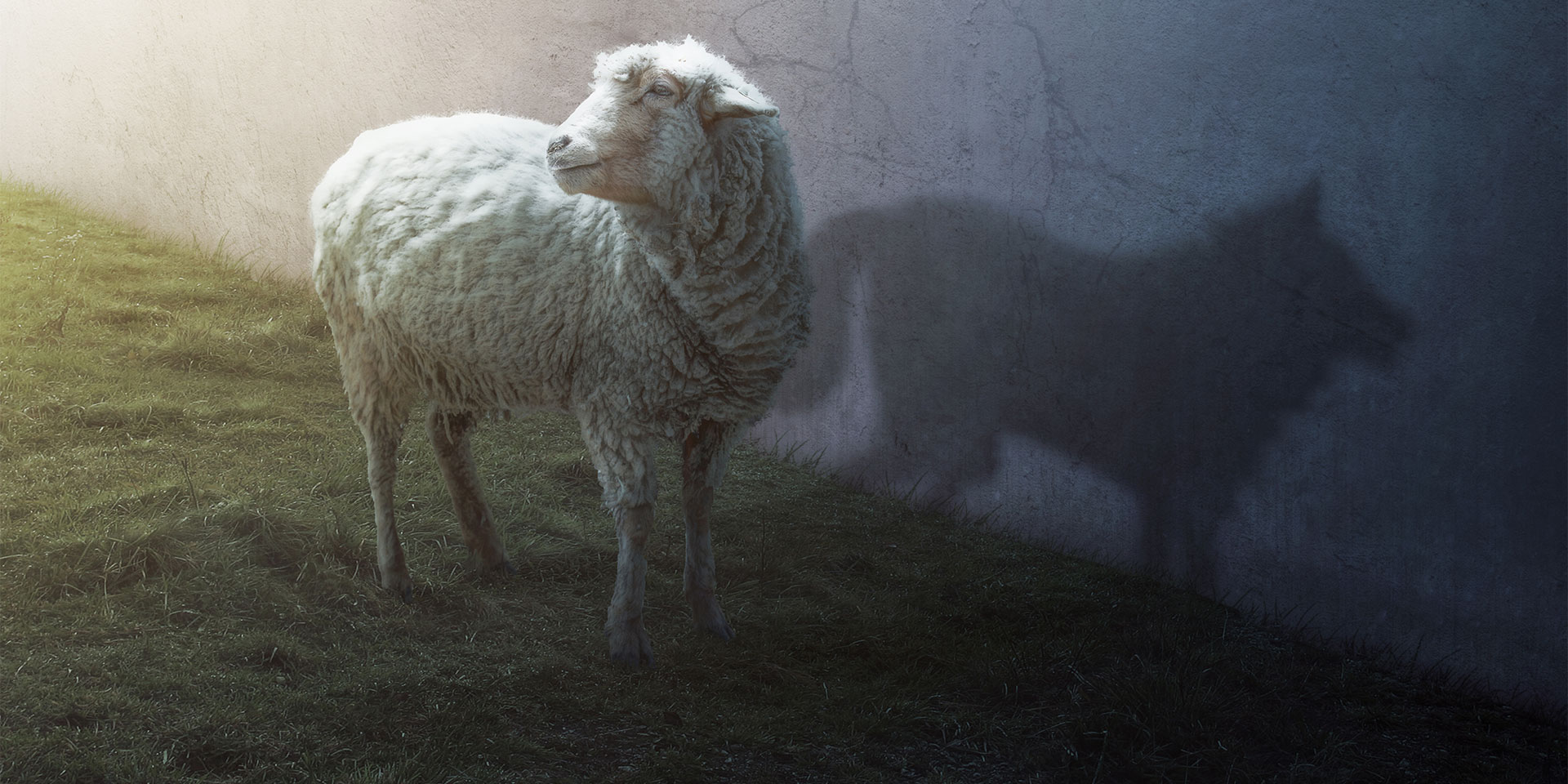Beyond the artistic accolades of “The Wolf of Wall Street” lies a troubling “recognition”—that of the real man who inspired the character Jordan Belfort and who, after 22 months in prison, presented his exploits in an autobiographical book[1].
Belfort reinvented himself as a motivational speaker and seems to have achieved the performance of his life: to win the affection of millions of people, whom he advises on professional success.
“Homo homini lupus,” said the ancient dramatist Plautus, and he was right. The human is a wolf to his fellows when the fight to survive demands it, but, unfortunately, also when it is dictated not by the survival instinct, but by greed. The career and life of Jordan Belfort, nicknamed “the wolf of Wall Street”, are representative of this type of man. Not coincidentally, Martin Scorsese’s recent film takes over the title of a 1929 movie directed by Rowland V. Lee.
The same type of anti-hero—the merciless and greedy trader or broker who is eventually punished by the law, but who teaches others and makes disciples and admirers—also appears in Oliver Stone’s productions—Wall Street (1987) and Wall Street: Money Never Sleeps (2010). Here, the anti-hero is Gordon Gekko, the author of the slogan “Greed is good”, one of the many individuals, from various fields, who show the same typology.
The filmmakers admit that they took inspiration from real-life “wolves”: Milken, nicknamed “the king of junk bond”, who was trialled for stock market fraud in 1989; Louis Stone, the director’s own father; Jordan Belfort, and others. The latter is currently giving interviews, working as a successful trainer, selling others career advice, tips, and motivational speeches: “Others were making a million or so dollars a year, I was making fifty million a year”; “Money, for me, no longer had any meaning… it was like Monopoly money”[2].
In the movie, the dollar bills serve as cocaine tubes, then end up crumpled in the trash, or they defiantly fly off the yacht in the ocean breeze to impress federal agents investigating the case, or illegally travel to a Swiss bank, while attached to the body of a money mule. The strategy of the anti-hero was to specialise in the cold-blooded extortion of the most naive investors and in transforming poor individuals, people with ongoing debts and mortgages, into mock shareholders, taking advantage of their gullibility and lack of skill and finally leaving them on the street. And yet, while talking to an FBI agent, he apologises by saying that there are much bigger, protected “fish” in the pond, which remain unpunished by the law.
The wolf and the lambs
After its big screen premiere, the movie goers released opinions and comments about the “wolf”. One commented: “If he had stopped in time, it would have been okay.” Another said: “The system is to blame, the system allows it…” Others did some math—22 months in prison for five years of unprecedented fun and enjoyment… Such assessments betray a spontaneous affection towards Belfort, similar to the concluding one on screen, showing his audience made up of future sales agents, who simply revel in his words. Where does this fascination with an evil that is “not that terrible”, and so becomes likeable and familiar, come from?
Reality can be crueller or gentler than fiction, but unlike the latter, reality actually hurts. The global financial crisis that began in 2007 has been dubbed the “Financial Armageddon on Wall Street.” Australian Prime Minister Kevin Rudd said in a 2008 speech: “It is perhaps time now to admit that we did not learn the full lessons of the greed-is-good ideology. And today we are still cleaning up the mess of the 21st-century children of Gordon Gekko.”
Who are these children, who are these lambs who have become wolves? Potentially, they are those who see “wolves” as successful people, career and even life role models. At this level of professional corruption, from its beginning to its end, it is life that follows your career, not the other way around. If money takes control over you, you’re only left with the role of a servant.

Psychoanalysis discusses a phenomenon occurring in people who are afraid of something or someone. It is a psychological defence mechanism expressed by “identifying with the opponent” by imitating them[3]. This reaction, in the present case, seems to come from the warped mentality of a social Darwinism in which, in order to not be “eaten” by predators, you must become a predator yourself. What is more, the prospect of life as a predator seems very tempting, especially through a Hollywood lens.
You end up falsifying your life so much that coming back to reality seems like torture in the absence of drugs, fortune, and pleasures to deafen your conscience. The pleasure of living can hardly finds its natural outlet without these incentives.
And yet, how is it that, in a relatively short time, in the span of just a few years, all these stratagems can become a second nature? How does a human being become unrecognisable?
The human nature and the Self
There is a secular philosophical view, whose modern origins trace back to the philosopher Jean-Jacques Rousseau (1712–1778), according to which human nature is intrinsically good, and the development of the normal, mentally-healthy individual involves the constant updating of their inherent goodness. Therefore, hypothetically, we all strive towards self-realisation in life, towards a peak of personal evolution. However, when the counterexamples are so numerous that they outnumber the examples, perhaps we should ask whether the hypothesis still holds. How does one explain the preponderance of stories of human failure and depravity?
Argentinian René Rogelio Smith, a specialist in the science of education, writes: “Traditional pedagogy did not deal with the status of the fallen man. It rather regarded man as normal, as if normality were synonymous with mental, spiritual, and physical regularity. (…) By only treating the normal man, pedagogy neglected the suffering man, the everyday man, in a word, the real man—ignoring the fragility of the human being”[4].
In other words, it is more plausible to see the everyday human, by their very nature, as suffering, fragile. Vulnerability to any negative model, to the influence of any antihero, is explained by the lack of an adequate vision of their strengths and weaknesses. Their human value can easily be cancelled or self-cancelled if it relates only to the surrounding world, devoid of lasting landmarks.
A biblical prophet said: “The heart is deceitful above all things and beyond cure”[5]. A completely different perspective on human nature opens up to us if we consider transcendence. This can help us understand humans differently and finally gives us the chance to understand ourselves better. The imposing image of the Human seated on the humanist pedestal is changing. The statue loses its grandeur, but also its cold loneliness and desolation built by speculative thinking: it becomes a concrete, living human being!
The real human, in flesh and blood, rejoices, loves, hopes, believes, but also makes mistakes, envies, lies, hates, etc. He recognises his fragility—and thus acquires a real greatness that cannot be given to him by a pedestal made by human hands, but only by the Creator: “…you are precious and honoured in my sight, and because I love you…”[6]. On this unchanging value, on this foundation of divine nature, one can then build, here and now, a life freed from fears, temptations, failures, and sins—that is, free from the inflation of the Self.
Corina Matei is a PhD associate professor at the Faculty of Communication Sciences and International Relations, part of the “Titu Maiorescu” University, Bucharest.


















